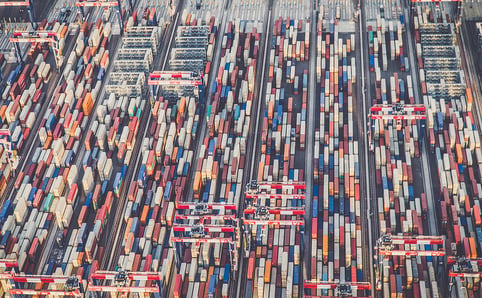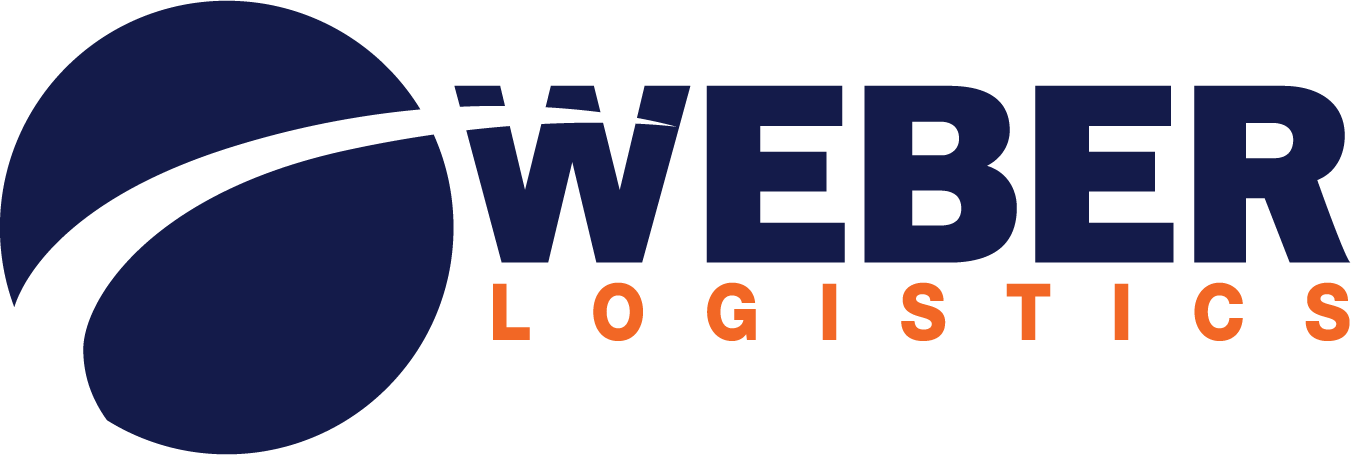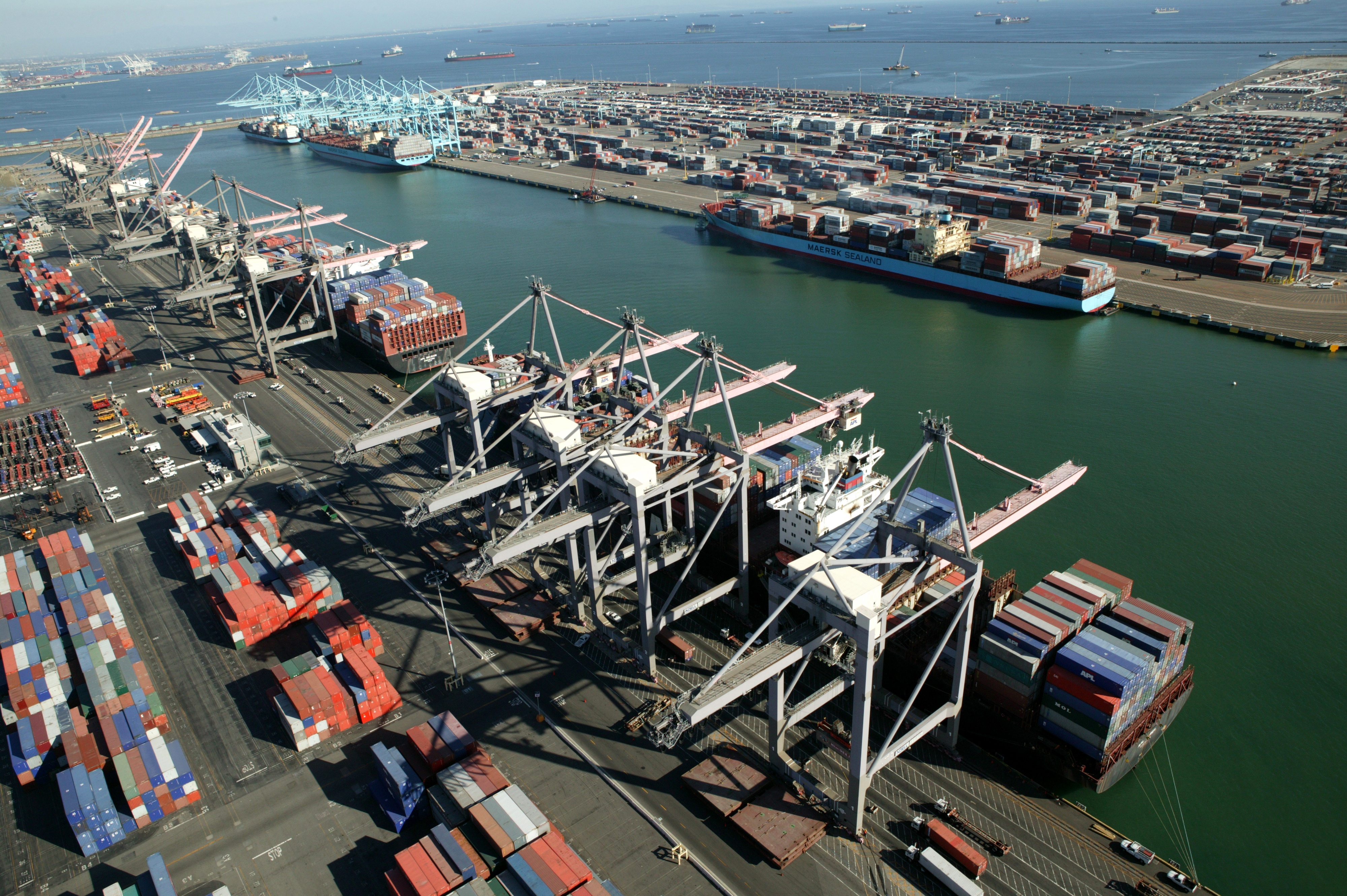Over the years, port drayage has become increasingly complicated. In the “good old days”, the trucker arrived at terminal gates, quickly found the right container mounted on a steamship line supplied chassis, checked out, and was on the way with few delays. Fast forward to today, where the number of moving parts to haul a container has increased exponentially. The number of critical stakeholders has also increased. What has followed is a sharp increase in the number of fees. In this article, we review drayage fees and four key ways that you can reduce them.
What are the common drayage fees?
 The following are the basic charges you can expect from the time your containers arrive at a port.
The following are the basic charges you can expect from the time your containers arrive at a port.
Base rate – This is the container transport cost charged by the drayage trucking company to move a container from the port to its unloading point and back. Companies that contract with a drayage trucker can negotiate a rate for the duration of the contract. Companies without a contract will need to pay spot market rates.
Fuel surcharge – This fee is applied to offset the cost of fuel, which is highly variable and hard to predict. It is typically a separate charge, though it can sometimes be combined with the base rate to create an “all-in” rate.
Chassis rental – Ocean containers do not come with wheels attached. A chassis must be attached which is then hauled by a drayage tractor. Years ago, the steamship line would supply chassis. That is no longer the case. Chassis are now provided by a third-party chassis owner who holds chassis at port terminals or by a trucking company. A chassis fee is generally charged to the cargo owner by the chassis provider.
Demurrage fees – When your container arrives at the port, you have a certain number of “free days” to pick up your container. If you do not pick it up within that time, you will be charged a demurrage fee by the port terminal for each day outside the free-day window.
Per Diem (or detention) fees – Once you pick up your container, with or without demurrage being assessed, you have a set amount of free days to return it to the port. If you fail to return it within that time, you will be charged a per diem fee by the ocean carrier for each additional day.
How can you reduce drayage fees?
1. Align with customer-friendly steamship lines. Steamship lines and terminals are generally not renowned for their customer-friendliness. Unless you are a gigantic company like Walmart, you play by their rules and typically have little say in the details of your shipments.However, some steamship lines are more customer friendly than others.
A ‘customer-friendly’ steamship line has reliable service and calls on reliable terminals that operate efficiently. This reliability and efficiency can save you significant money as all your downstream costs are reduced. For example, when drivers can get in and out of terminals and return empty containers quickly, you reduce your likelihood of paying per diem and demurrage fees.
Therefore, you are essentially looking for a carrier or terminal operator that is every bit as friendly to truckers and drayage providers as it is to large customers.
Many companies make the mistake of simply partnering with the steamship line that provides the lowest rate – without thinking about downstream efficiency/inefficiency and related costs. This is a mistake.
At the Ports of Los Angeles and Long Beach, for instance, there is a terminal that truckers love dealing with above all others. The shipping line that owns this terminal is generally more expensive than other lines and is more limited in its shipping lanes. However, customers that understand the importance of downstream efficiency will use this shipping line for container shipments whenever possible because the smoothness of the drayage process results in cost savings that dwarf the initial shipping cost savings.
2. Negotiate better ‘free time’ agreements. In terms of drayage costs, “free time” typically refers to two parts of the drayage process. During free time, the customer will not be charged any fees. Once free time expires, however, the meter is running.
- Steamship lines give companies limited free time to pick up containers. Free time is typically 4-5 days. After free time expires, demurrage fees will kick in, as noted above.
- Steamship lines give companies limited free time to return containers. Again, free time is typically 4-5 days. After free time expires, per diem fees will kick in.
Of these, returning containers to the port during free time has been the more significant challenge in recent years. Many companies have had to empty their wallets when disruptions created logjams throughout the entire supply chain. For example, warehouses throughout the country were full, and containers sometimes had to sit for weeks to be unloaded. There is also the ongoing driver shortage to contend with.
These factors and others (e.g., traveling long distances from the port to your warehouse) can make it very difficult to unload and return containers within the allotted free time.
However, many shippers don’t realize that free time – like most things in logistics contracts – is negotiable. Of course, bigger companies will have more influence in negotiations, but this is something that you or your chosen freight forwarder can and should address when agreeing upon a contract with a steamship line.
By increasing your number of free days, you are greatly reducing your chances of incurring per diem and demurrage fees that can rack up very quickly.
3. Work with an integrated landside 3PL. When your containers hit the port, there are many things that you will need from your drayage provider. These include the following.
- The capacity to handle small and large volumes, especially during peak season
- The experience and relationships needed to navigate complicated port complexes
- The people and the systems to manage and provide visibility into the movement of containers
- The ability to stay ahead of regulatory, environmental, and legal requirements
- Drivers that are hourly employees, not independent contractors who do not comply with AB5.
- Drivers that have TWIC cards and meet other requirements
While these are all essential items, some 3PL providers can perform drayage services, warehousing, and final-mile delivery. These are integrated 3PL providers. They give you one point of contact for control of – and visibility into – a considerable portion of your supply chain.
An integrated 3PL owns the entire process; there is no waiting or guessing when the next step will happen. For drayage, integrated providers do not need to tie up a warehouse door waiting for an external carrier that may or may not arrive on time. Instead, the provider’s own driver can drop the container or trailer and be on his or her way. Its yard hostling operation spots the equipment in a door, and the warehouse receives it when ready.
Similarly, if you need the warehouse to open after hours to receive an incoming container or need to bump up an outbound shipment from the warehouse to accommodate a retailer, your integrated 3PL can do those things seamlessly, as it controls all elements of the distribution process.
This integrated approach puts your landside distribution operations into hyperdrive – drastically boosting efficiency and reducing drayage costs.
4. Provide accurate forecasting to your supply chain partners. Simply put, forecasting tells everybody downstream what to expect. Let’s say you're predicting a massive spike in volumes. If you do not tell your downstream partners a spike is coming, then someone will be caught off guard and there will be a logjam.
If, however, you prepare your downstream providers, then everyone can plan accordingly. Drayage and trucking operations can ensure that all required drivers and equipment are ready, and warehouse operations can be prepared to handle the volume increase.
In today’s supply chain, you cannot just roll out of bed and say you need 10 more drivers tomorrow. That is unrealistic.
By forecasting properly and informing your logistics partners of your forecasts, you’re not only ensuring adequate capacity and coverage, you’re also ensuring that you won’t need to turn to the more expensive spot market at the last minute.
Turn to Weber Logistics to drive drayage efficiency and reduce costs.
Weber Logistics is an integrated 3PL provider on the West Coast. We offer drayage and container transloading/deconsolidation services, warehousing, and final-mile delivery services. We perform drayage services daily at some of the busiest ports in the US, including the Ports of L.A., Long Beach, and Oakland. To learn more about how we can boost efficiency and save you money on drayage and other essential and value-added logistics services, contact us today.




 Capital Management
Capital Management